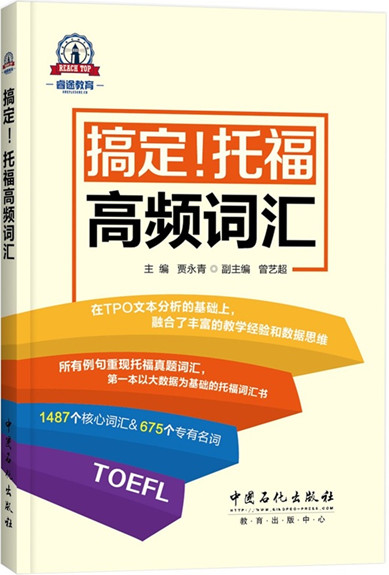2016���и���x�A�yģ�M������
����Although only 1 person in 20 in the Colonial period lived in a city, the cities had a disproportionate influence on the development of North America. They were at the cutting edge of social change. It was in the cities that the elements that can be associated with modern capitalism first appeared �� the use of money and commercial paper in place of barter, open competition in place of social deference and hierarchy, with an attendant rise in social disorder, and the appearance of factories using coat or water power in place of independent craftspeople working with hand tools. "The cities predicted the future," wrote historian Gary. B. Nash, "even though they were but overgrown villages compared to the great urban centers of Europe, the Middle East and China."
����Except for Boston, whose population stabilized at about 16,000 in 1760, cities grew by exponential leaps through the eighteenth century. In the fifteen years prior to the outbreak of the War for independence in 1775, more than 200,000 immigrants arrived on North American shores. This meant that a population the size of Boston was arriving every year, and most of it flowed into the port cities in the Northeast. Philadelphia's population nearly doubted in those years, reaching about 30,000 in 1774, New York grew at almost the same rate, reaching about 25,000 by 1775.
����The quality of the hinterland dictated the pace of growth of the cities. The land surrounding Boston had always been poor farm country, and by the mid-eighteenth century it was virtually stripped of its timber. The available farmland was occupied, there was little in the region beyond the city to attract immigrants. New York and Philadelphia, by contrast, served a rich and fertile hinterland laced with navigable watercourses. Scots, Irish, and Germans landed in these cities and followed the rivers inland. The regions around the cities of New York and Philadelphia became the breadbaskets of North America, sending grain not only to other colonies but also to England and southern Europe, where crippling droughts in the late 1760's created a whole new market.
����1. Which of the following aspects of North America in the eighteenth century does the passage mainly discuss?
����(A) The effects of war on the growth of cities
����(B) The growth and influence of cities
����(C) The decline of farming in areas surrounding cities
����(D) The causes of immigration to cities
����2. Why does the author say that "the cities had a disproportionate influence on the development of North America" (lines 1-2)?
����(A) The influence of the cities was mostly negative
����(B) The populations of the cities were small, but their influence was great.
����(C) The cities were growing at a great rate.
����(D) Most people pretended to live in cities
����3. The phrase "in place of " in lines 4-5 is closest in meaning to
����(A) connected to
����(B) in addition to
����(C) because of
����(D) instead of
����4. The word "attendant���S��" in line 6 is closest in meaning to
����(A) avoidable
����(B) accompanying
����(C) unwelcome
����(D) unexpected
����5. Which of the following is mentioned as an element of modern capitalism?
����(A) Open competition
����(B) Social deference
����(C) Social hierarchy
����(D) Independent craftspeople
����6. It can be inferred that in comparison with North American cities, cities in Europe, the Middle East, and China had
����(A) large populations
����(B) little independence
����(C) frequent social disorder
����(D) few power sources
����7. The phrase "exponentialѸ�͵� leaps" in line 12 is closest in meaning to
����(A) long wars
����(B) new laws
����(C) rapid increases
����(D) exciting changes
����8. The word "it" in line 15 refers to
����(A) population
����(B) size
����(C) Boston
����(D) Year
����9. How many immigrants arrived in North America between 1760 and 1775?
����(A) About 16,000
����(B) About 25,000
����(C) About 30,000
����(D) More than 200,000
����10. The word "dictated�Q��" in line 18 is closest in meaning to
����(A) spoiled
����(B) reduced
����(C) determined
����(D) divided
����11. The word "virtually��" in line 20 is closest in meaning to
����(A) usually
����(B) hardly
����(C) very quickly
����(D) almost completely
����12. The region surrounding New York and Philadelphia is contrasted with the region surrounding Boston in terms of
����(A) quality of farmland
����(B) origin of immigrants
����(C) opportunities for fishing
����(D) type of grain grown
����13. Why does the author describe the regions around the cities of New York and Philadelphia as "breadbaskets"?
����(A) They produced grain especially for making bread.
����(B) They stored large quantities of grain during periods of drought
����(C) They supplied grain to other parts of North America and other countries.
����(D) They consumed more grain than all the other regions of North America.
����BBDBA ACADC DAC
�����]
- ģ�Mԇ�}
- �v�����}





